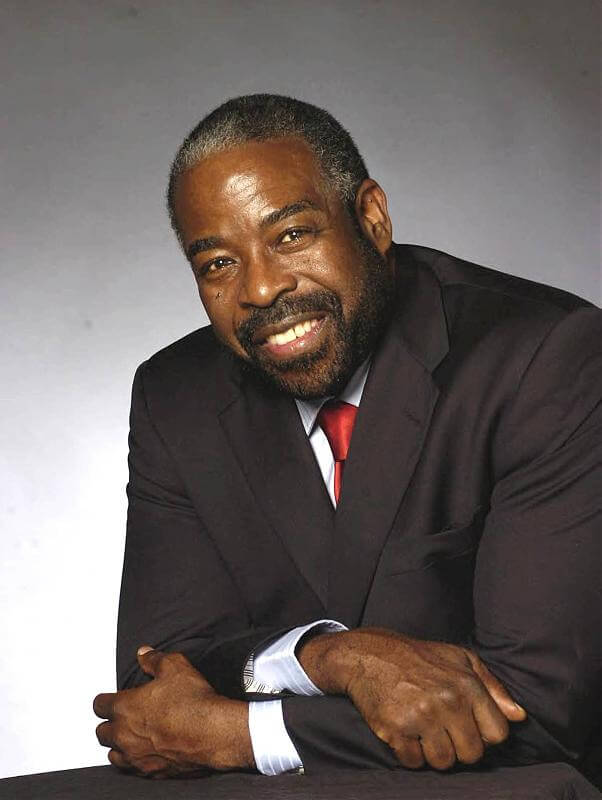Igor explains how to manage multiple affiliate offers without overwhelming your audience. He introduces the “waterfall” method, promoting one offer at a time in a logical sequence. You’ll also hear his rule for eliminating confusion and creating crystal-clear communication that converts. It’s a tactical and mindset-driven episode that will simplify how you run promotions forever.
[1:03] How to Guide Your Clients to Spend More:
- Offers are sequenced over time, not launched simultaneously, to avoid audience fatigue and preserve conversion momentum.
- Multiple offers are deployed in a logical progression (equipment → membership → coaching → gadgets → supplements), deepening engagement by meeting evolving needs within the same niche.
- Only offers proven to convert and deliver real value are included in a planned sequence; weak or untested offers are excluded to maintain trust and performance.
- All offers in a sequence must serve the same audience and align with a unified market identity, ensuring relevance and minimizing friction in the buyer’s journey.
- Campaign structure follows intentional patterns (timed bursts or curated sequences), reflecting deliberate planning rather than opportunistic or ad-hoc launches.
[01:59] Stop Confusing Your Audience:
- Introducing multiple offers simultaneously creates decision paralysis, causing prospects to disengage and default to inaction.
- Whether promoting two offers or ten, the principle holds: one clear next step outperforms multiple competing options, regardless of audience sophistication or offer complexity.
- Sustainable diversification comes not from parallel launches, but from stacking offers over time, each building on the trust and momentum of the prior.
- Limiting active promotions at any given moment isn’t a constraint, it’s a conversion-optimization tactic rooted in behavioral psychology.
[03:00] The Clarity Conversion Multiplier
- Even a single offer fails if the message lacks clarity on what is being sold, why it matters, and how the promised result is achieved.
- Excessive or irrelevant details distract rather than persuade; simplicity and strategic omission often increase comprehension and trust.
- Effective messaging must answer three core questions: What is it? Why now? How does it work? Omission of any one breeds hesitation.
- Clarity is a universal leverage point: Its value extends beyond marketing: in communication, operations, and decision-making, removing ambiguity accelerates action and reduces friction.
- Editing for clarity is an act of respect: Streamlining messaging signals empathy for the audience’s time, attention, and cognitive load, strengthening credibility and connection.
[04:04] The Rule For Impossible Misunderstanding:
- Clarity ≠ simplicity (it’s precision) The goal isn’t to be merely “easy to understand,” but impossible to misunderstand: eliminating interpretive gaps through deliberate, unambiguous language.
- Clear pre-purchase communication, especially around outcomes, process, and scope, prevents buyer’s remorse, refunds, and reputational damage.
- If confusion exists for the prospect, it’s real, regardless of the creator’s intent or understanding; testing and feedback are essential calibration tools.
- Clarity is a scalable discipline, it applies equally to team coordination, personal relationships, and marketing, indicating that high-performing systems depend on shared, unambiguous meaning.
- In high-volume marketing, some misinterpretation is inevitable; the mark of mastery is systematically reducing it to its functional floor through iteration and empathy.
[05:30] Igor’s Book On Email Marketing:
Visit www.igorsbook.com to learn more.












